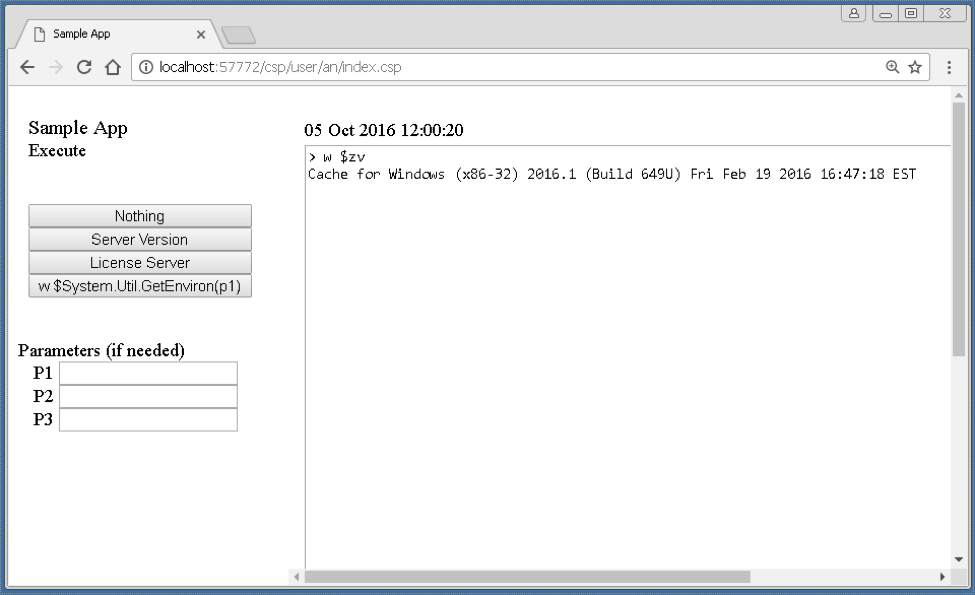I am trying to get data out of a cache backup. I am completely new to Intersystems Cache.
I got a docker image of Cache from this post:
I want to get the data from my backup into this docker image. First, I need access to a gui and a cli, then I need some instructions or documentation for actually pulling in the backup data.
Thanks! This is all new, so pardon my lack of knowledge here. If I can provide any more information let me know.



.png)

